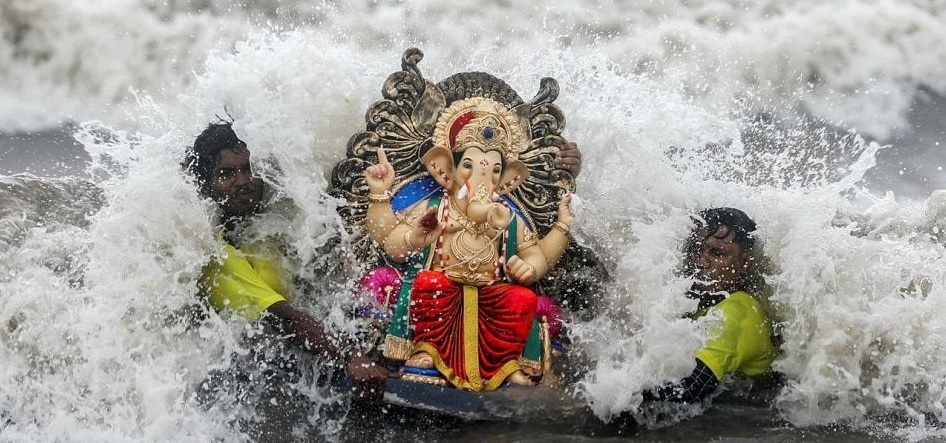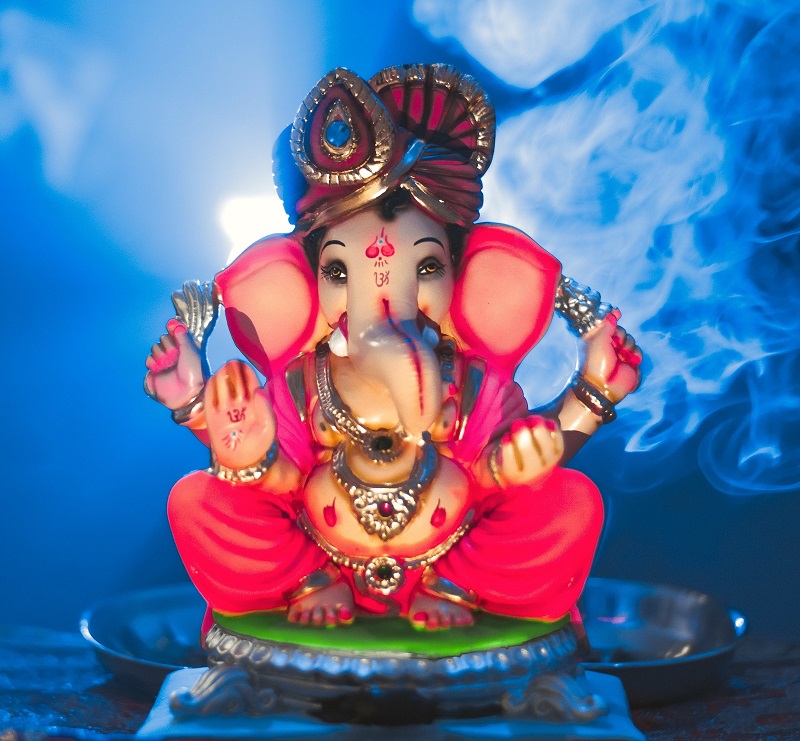10 Interesting Facts about Ganpati Festival in Mumbai:
Mumbai, a busy metropolis on India’s west coast, is renowned for its rich cultural diversity. Honouring Lord Ganesha, the elephant-headed god of wisdom and prosperity, Ganesh Chaturthi is one of the most important and widely observed festivals in Mumbai. Ten fascinating facts about the Mumbai Ganpati event are provided below:
Historical Significance: Since before independence, Mumbai has observed Ganesh Chaturthi. However, it was thanks to the initiative of well-known independence warrior and social reformer Lokmanya Tilak that the festival was first publicly celebrated in a magnificent style in the late 19th century. In an effort to bring people together against British authority, he promoted the public erection of Ganesha idols.
Ganesh Mandal Tradition: To commemorate the event, makeshift buildings known as “mandals” are erected and used to store idols of Ganesha. During the festival, these mandals vie with one another to produce the most intricate and imaginative displays, drawing millions of devotees.
Lalbaugcha Raja: The Lalbaugcha Raja is one of Mumbai’s most well-known and venerated Ganesha idols. This idol, which is located in Lalbaug, is well-known for its enormous size and elaborate ornamentation. For hours, devotees from all over the city and beyond wait in lengthy lines to visit Lalbaugcha Raja and ask for his blessings.

Eco-Friendly Initiatives: The environmental risks linked to the immersion of Ganesha idols manufactured of non-biodegradable materials have come to light in recent years. In Mumbai, a lot of mandals now use clay idols that are environmentally friendly and inspire followers to adopt eco-friendly behaviours.
Participation of Celebrities: Bollywood actresses, athletes, and politicians are just a few of the famous people who actively participate in Mumbai’s Ganpati festival. Ganesha statues are frequently brought into houses by prominent people, and star-studded immersion processions are common.

Procedures for Immersion: In Mumbai, the immersion of Ganesha idols is a lavish event. Devotional songs, dance, and elaborate processions accompany the idols as they travel to the Arabian Sea for immersion. These processions generate a flurry of excitement and energy that is felt across the city.
Integration of Social and Cultural Domains: Everyone in Mumbai celebrates Ganesh Chaturthi with great enthusiasm, regardless of their community or background. It unites people of all religious and ethnic origins to take part in the celebrations, serving as a symbol of social and cultural integration.

Idols and Decorations: Artistically crafted and visually attractive idols and decorations are the result of the mandals devoting a great deal of time and energy to their work. The themes selected for the decorations frequently allude to legendary tales, cultural heritage, or societal challenges, demonstrating the organisers’ inventiveness and inventiveness.
Immersion: Ganesha idols are installed on the first day of the event, Ganesh Chaturthi, and on the tenth day, there are immersion processions. The celebrations last for ten days. There is a tangible sense of pleasure and happiness in the air as the entire city becomes absorbed in the celebrations.

Economic Impact: The Ganpati festival has a considerable economic impact on Mumbai. The local economy is greatly boosted by the sales of Ganesha idols, accessories, and related goods. The celebration also promotes tourism by drawing tourists from all around India and the world.
In summary, the Ganpati festival in Mumbai is a cultural spectacle that showcases the spirit, inventiveness, and togetherness of the populace in addition to being a religious event. Both locals and visitors will find the festival to be a singular and unforgettable experience due to its grandeur and contagious excitement.

Nice Information
Thank you !!!
Very nice information about Lord Ganesha
Thank you!!!